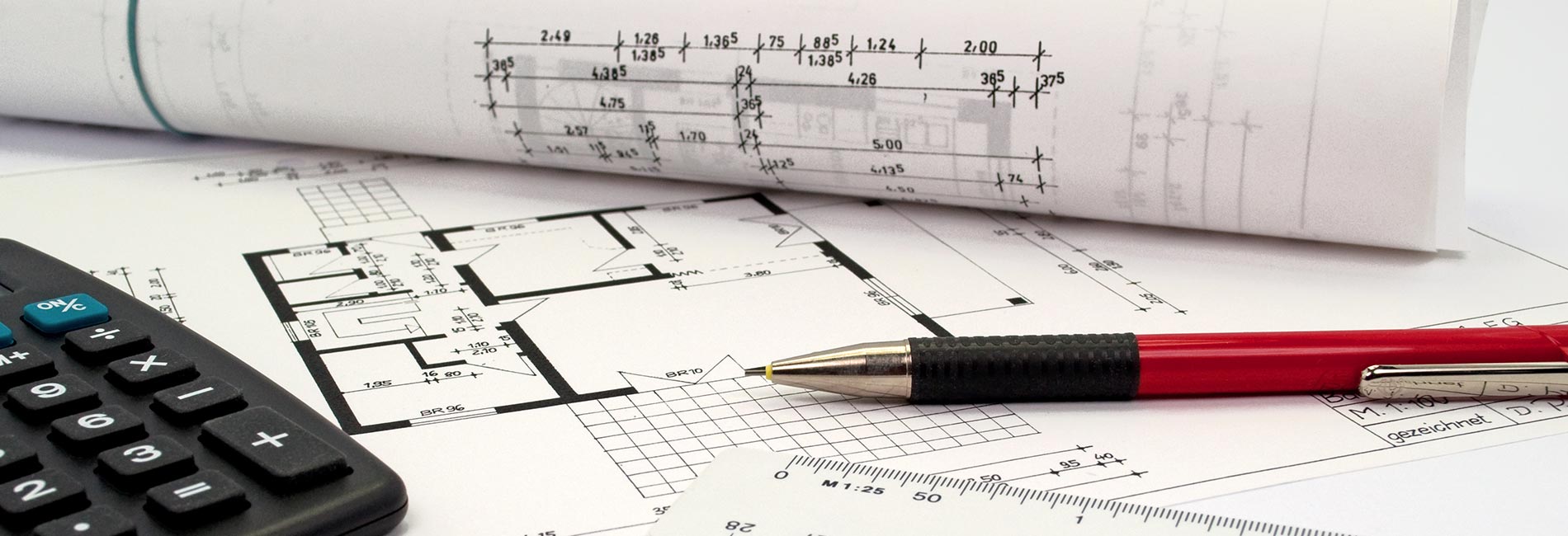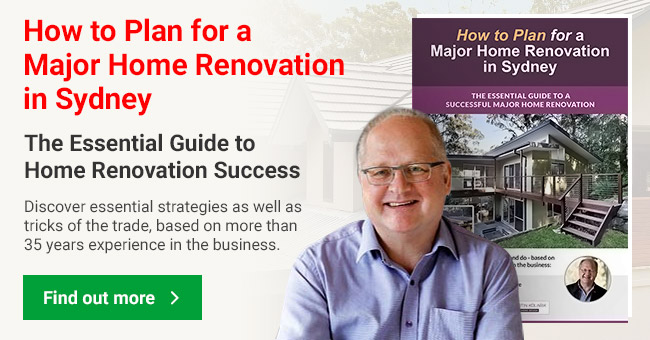Families generally do a lot of good research when planning their new home. It is essential that you bring along all the ideas that you have into the design of your home floor plan. This includes elements that you have either decided upon or are interested in for your family’s needs now and into the future.
The best strategy to ensure you achieve a great floor plan is to maintain an open mind when discussing your ideas with your designer. Here are my seven top tips that I usually consider when looking at home floor plan design.
1. Ensure The Size Is Right
How large or small should you home be? The answer is, of course, it depends!
The size should be just right for your family’s needs, the actual property, and the surroundings, without sacrificing comfort or style.
2. Keep Your Floor Plan In Harmony With The Surroundings
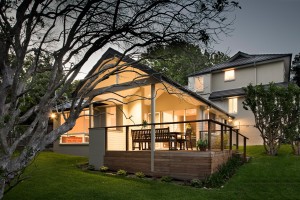 Your surroundings will be rural or suburban.
Your surroundings will be rural or suburban.
In rural settings there are often views and no privacy issues. Which means you have far less restrictions so that your home can be very much in harmony with the surroundings.
However, for most of us living in the suburbs there is a need for privacy and a connection to the outside. A major consideration is where the living spaces and bedrooms are situated. The design should reflect your outlook, proximity and privacy from your neighbours and the all-important orientation. To create a sense of harmony the sympathetic design of the transition from the house to the outside area will be essential.
Simplicity can create a sense of harmony!
3. Design For Your Personality
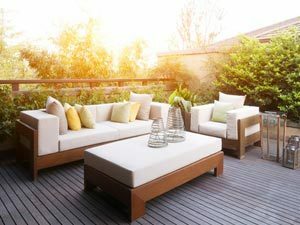 Not everyone is interested in “transterior” (the trend in home design of “bringing the outside inside”). Are you dreaming of a seamless segue from inside to outside?
Not everyone is interested in “transterior” (the trend in home design of “bringing the outside inside”). Are you dreaming of a seamless segue from inside to outside?
Typically this means the buildings are more sympathetic to the landscape outside, and vice versa. It is a lifestyle choice.
Some prefer a sense of privacy and a cosy enclosure. For example, a small living room with a fireplace or a library for reading add to the cosiness of your home.
On the other hand, open-plan kitchens, family room, meals area and outside decks are best for family dynamics and entertaining. Do you have a preference?

4. Make The Layout Work For You
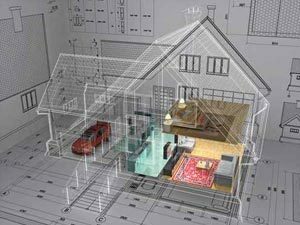 Designing the “flow path” (circulation within the house) to suit your family is crucial.
Designing the “flow path” (circulation within the house) to suit your family is crucial.
If you entertain often, then simple access from the front door to the kitchen/family room and outdoor area is important. Equally, it is important to maintain access and privacy to bedroom areas.
5. Design With Light And Ventilation In Mind
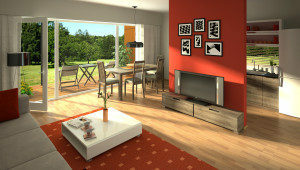 A floor plan which takes into consideration the penetration of light into the home during the heat of summer and the coolness of winter will have a major impact on how comfortable your home is and help to restrain the size of your power bills.
A floor plan which takes into consideration the penetration of light into the home during the heat of summer and the coolness of winter will have a major impact on how comfortable your home is and help to restrain the size of your power bills.
Ideally, living room and kitchen/ family room windows should be facing north and fitted with adequate shading to filter the sun in summer yet allowing in the winter sun to penetrate into the room. It’s about getting the balance right!
Getting cross flow ventilation with windows on the opposite sides of a room or at least on adjacent walls will allow a breeze to cool or freshen the air.
6. Consider The Bedrooms
Master bedroom
Proximity to the children’s rooms is an important consideration as discussed in the next point.
- How much room do you need in your bedroom after you have accommodated the necessary furniture?
- Do you need a walk-in robe or is a wardrobe the best use of space and budget?
- What facilities do you require in your ensuite?
- Is there an outlook or view you would like to take advantage of?
Kids bedrooms
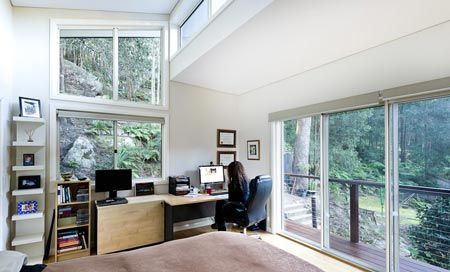 Your children’s needs will evolve as they grow up.
Your children’s needs will evolve as they grow up.
Especially the degree of separation and connection required with the parents and each other.
An example of planning for now and later is a study near the master bedroom. This can be utilised as a “nursery” when there is a new baby.
Many families find keeping young children close by the parent’s bedroom is important. Conversely, teenagers or young adults at the opposite end of the house is ideal.
If the children’s bedrooms are upstairs, will they require a family bathroom upstairs or just a powder room upstairs and the family bathroom downstairs? This second option is more common when there is an addition of a second storey to a home and there is insufficient space for a family bathroom upstairs, whilst a family bathroom already exists downstairs.
Guest bedroom
Do you require a guest room and will your guests need an ensuite, or is a bathroom nearby acceptable?
7. The Right Budget To Realise Your Home Floor Plan
 The budget you allocate to your new home project leads me to refer you back to my first point of, “Ensure the size is right”! Are the size of your budget and the size of your building compatible?
The budget you allocate to your new home project leads me to refer you back to my first point of, “Ensure the size is right”! Are the size of your budget and the size of your building compatible?
It is not essential to have a home that will accommodate every likely future wish, unless your budget allows for it.
Design a floor plan according to your budget. You need to feel comfortable living in your home and not feel “financially strained” each month you make payments on your home.
These tips should assist you with your research so that you can come well prepared to the initial discussion with your designer. Utilising your ideas on these topics, your designer will be able to explore greater options and possibilities to achieve a fabulous floor plan for your new home design.

